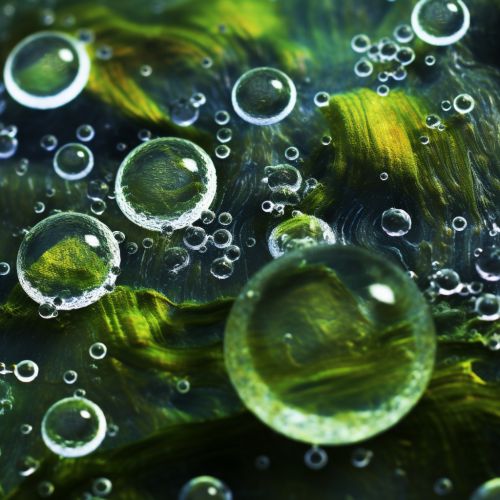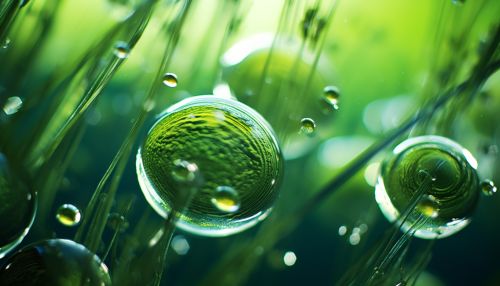Biological pump
Overview
The biogeochemical concept of the Biological Pump pertains to the process whereby carbon is transported from the earth's surface to the deeper layers of the oceans. This process is primarily facilitated by the marine biota, hence the term 'biological'. The biological pump plays a crucial role in the global carbon cycle and has substantial implications for global climate patterns.
Process
The biological pump process commences with the photosynthetic activity of marine phytoplankton. These microscopic organisms utilize sunlight to convert dissolved carbon dioxide and water into organic compounds, releasing oxygen in the process. This process of photosynthesis forms the basis of the marine food web, with phytoplankton serving as the primary producers.


The organic carbon thus produced is transferred up the food chain as phytoplankton are consumed by zooplankton and other marine organisms. A portion of this carbon is respired back into the atmosphere as carbon dioxide by these organisms. However, a significant portion is transported to the deep ocean either through sinking of dead organisms and fecal matter, or via physical mixing processes.
Efficiency
The efficiency of the biological pump is determined by several factors. One of the key factors is the availability of nutrients in the surface waters. Nutrient availability is determined by the process of upwelling, which brings nutrient-rich deep waters to the surface. Other factors influencing the efficiency of the biological pump include temperature, light availability, and the species composition of the phytoplankton community.
Role in Carbon Sequestration
The biological pump plays a significant role in the sequestration of carbon, thereby influencing global climate patterns. By transporting carbon from the surface to the deep ocean, the biological pump effectively removes carbon dioxide from the atmosphere for hundreds to thousands of years. This process is a critical component of the earth's carbon cycle and plays a significant role in mitigating global warming.
Impact of Climate Change
Climate change has the potential to significantly alter the functioning of the biological pump. Changes in ocean temperature, nutrient availability, and ocean acidification could all impact the efficiency of the biological pump. For instance, warmer ocean temperatures could reduce nutrient availability in the surface waters, thereby reducing phytoplankton productivity and the efficiency of the biological pump.
